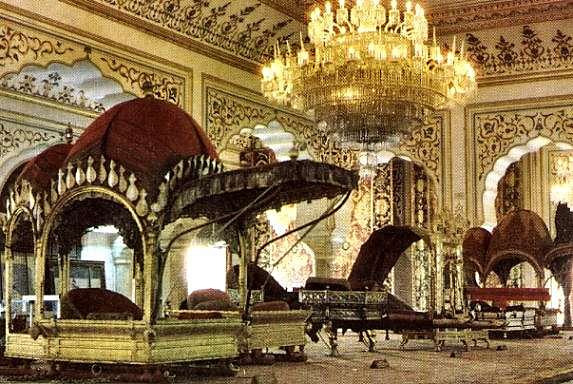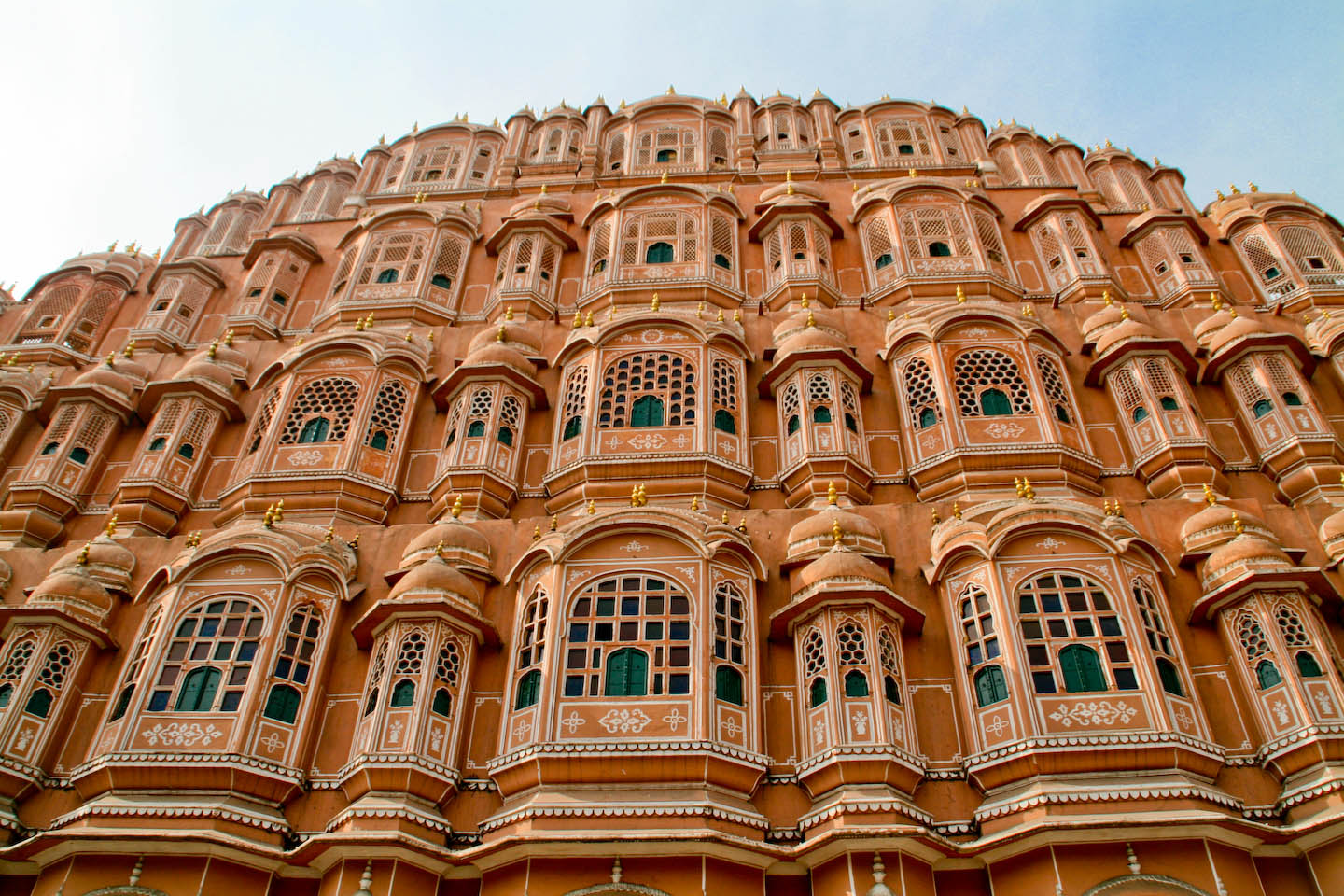RAJASTHAN
Ajmer
120 km (78 miles) west of Jaipur, was founded by great Raja Prithviraj Chauhan in 7th century. Ajmer is known for Dargah of Khwaja Mu'in-ud-din Chisti (1142-1236) and Ana Sagar Lake. Also known for the famous boarding schools Sophia college (Girls) and Mayo college (Boys).
120 km (78 miles) west of Jaipur, was founded by great Raja Prithviraj Chauhan in 7th century. Ajmer is known for Dargah of Khwaja Mu'in-ud-din Chisti (1142-1236) and Ana Sagar Lake. Also known for the famous boarding schools Sophia college (Girls) and Mayo college (Boys).
Alwar
143 km from Jaipur and 164 km from Delhi, Alwar is a beautiful city.
Banswara
527 km from Jaipur & 160 kms from Udaipur, Banswara is a small town famous for Baneshwar Festival.
143 km from Jaipur and 164 km from Delhi, Alwar is a beautiful city.
Banswara
527 km from Jaipur & 160 kms from Udaipur, Banswara is a small town famous for Baneshwar Festival.
Jaipur
Capital city of Rajasthan also known as "Pink City" is about 250 km from Delhi, and your starting point for Rajasthan. Founded by Raja Sawai Jai Singh II in 1727 is famous for Amber Fort, jantar mantar, hawa mahal, city palace & Sisodia Rani Ka Bagh. Also for the textile block prints, semi precious jewelry, handicraft items and Raj Mandhir (Movie theater).
Capital city of Rajasthan also known as "Pink City" is about 250 km from Delhi, and your starting point for Rajasthan. Founded by Raja Sawai Jai Singh II in 1727 is famous for Amber Fort, jantar mantar, hawa mahal, city palace & Sisodia Rani Ka Bagh. Also for the textile block prints, semi precious jewelry, handicraft items and Raj Mandhir (Movie theater).
 |
| Jaipur city palace |
 |
| Hawa Mahal |
PUNJAB
AMRITSAR:
The Golden Temple Amritsar India (Sri Harimandir Sahib Amritsar) is not only a central religious place of the Sikhs, but also a symbol of human brotherhood and equality. Everybody, irrespective of cast, creed or race can seek spiritual solace and religious fulfilment without any hindrance. It also represents the distinct identity, glory and heritage of the Sikhs. To pen-down the philosophy, ideology, the inner and outer beauty, as well as the historical legacy of Sri Harimandir Sahib is a momentous task. It is a matter of experience rather than a of description.
As advised by Sri Guru Amar Dass Ji (3rd Sikh Guru), Sri Guru Ram Dass Ji (4th Sikh Guru) started the digging of Amrit Sarovar (Holy Tank) in 1577 A.D., which was later on brick-lined by Sri Guru Arjan Dev Ji (5th Sikh Guru) on December 15, 1588 and He also started the construction of Sri Harimandir Sahib. Sri Guru Granth Sahib (scripture of the Sikhs), after its compilation, was first installed at Sri Harimandir Sahib on August 16, 1604 A.D. A devout Sikh, Baba Budha Ji was appointed its first Head Priest.
 |
| GOLDEN TEMPLE |
Nehru Rose Garden, established in 1967, is one of the green spaces of
 |
| Nehru garden |
This sprawling amusement kingdom has been made completely from waste materials, industrial waste and thrown-away items, Created by celebrated artist Nek Chand, the garden highlights the value of materials many people consider trash.
Spread in an area of about 25 acres set in large mosaic courtyards linked by walled paths and deep gorges the garden is built by transforming into art, discarded tube lights, rusting oil drums, broken tiles, shattered china and sanitary ware, glass bangles, unused building material, discarded street lights, burnt bricks, electrical fittings and wires, caps from bottles, bicycle handle bars, and other scrap.
The Rock Garden Chandigarh is designed to look like a lost kingdom. Doorways and archways constructed out of discarded bags of cement seem to characterize the theme, and the scale is larger than life. The rock garden is a complex labyrinth, with paths, gateways, steps, waterfalls, courtyards, porches and buildings. Much of the material that the Rock Garden is made out of is concrete and found objects.
The rock garden proceeds in a chronological order of its creation, and in the unfolding shows the process of creation. Starting with a few natural forms and found objects like misshapen rocks, to minor landscape modification finally leading to a large scale architectural environment.
 |
| Rock garden |
